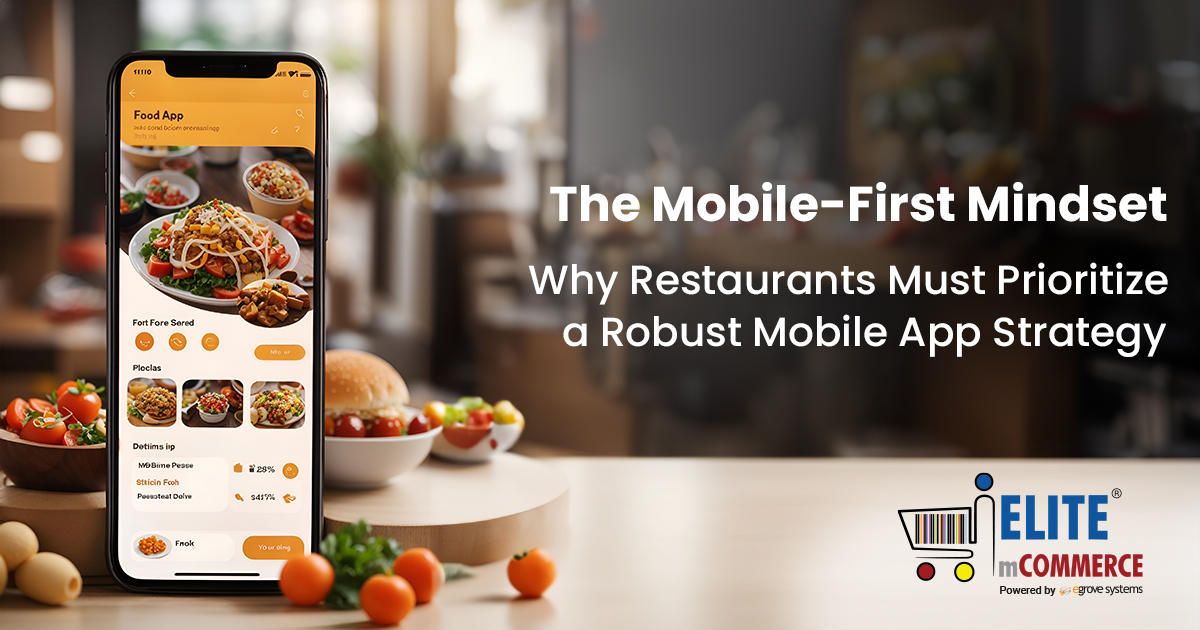Restaurants are facing numerous challenges during the pandemic due to limited and unpredictable business. Inventory management is a crucial area of focus in these times, and improving your understanding of your inventory can help your store get through times of limited operation, saving money through better budgeting.
The Need for Better Inventory
Restaurant sales in the US have suffered but began to recover over the summer. Food and drink spending plummeted from $65.4 billion in February to $30 billion in April, but by July rose back to $52.5 billion. Still, the period of instability has demonstrated the need for restaurants to be more careful managing their inventory to avoid waste.
43% of small businesses do not track their inventory or use a manual process, according to Wasp Barcode’s research. Many restaurants can take advantage of new opportunities for improving their inventory management with better technology and organization. Food costs are rising and restaurants that are reopening or ramping up service need to resupply huge proportions of their ingredients. For instance, KaTom Restaurant Supply reported restocking $10 million in inventory over the pandemic.
How to Improve Inventory Management
Track cost of goods sold: restaurants should track the costs of the inventory they purchase and the costs of goods sold on a daily or weekly basis to understand how much they may be wasting. A good restaurant inventory management system can track purchases and tie them directly to the inventory items that are used, and account for the cost each time. It’s important to update your prices as supply costs change so your estimates remain accurate and you aren’t counting past prices.
Use a reliable inventory management system: An inventory management system should be able to track the inventory you purchased from suppliers, then record when inventory was consumed by your kitchen staff so you know how much you have left. A POS system alone is focused on sales to customers, which doesn’t tell the whole story of your inventory, and discrepancies can cost you money.
Integrate with POS: Point-of-sale integration between the system that records sales made to customers and the inventory consumed in each order drastically reduces the work required to track supplies as they’re used. POS integration avoids duplicated labour and gives you a much sharper snapshot of your inventory on a daily basis, passing on to your accounting ledger.
Trim your menu: Unique ingredients that can only be used in one product are less than ideal when supplies need to be used carefully. Many restaurants are finding that using ingredients that can be used for multiple popular dishes is a better way to go. Reducing and reorganizing your menu around your inventory makes accurate information about costs and counts vital. In turn, when you’re ready to expand menus again, you’ll have the information to do it.
Read also :- Mobile POS Integration Checklist for Restaurant Owners
Stagger resupply: If you restock everything at once, it will expire before you can use all of it, especially if sales don’t return to normal quickly. Restock gradually in stages and opt toward shelf-stable supplies so excess inventory doesn’t have to get dumped.
Get employees engaged in inventory best practices: Employees might not like doing inventory, but getting accurate counts is only possible if they are dedicated to the process and don’t cut corners. Help your staff understand how critical inventory is to the success of the business, make it as pain-free as possible, and make their efforts feel worthwhile.
Include PPE costs: Masks, gloves, and hand sanitisers add up. Detroit-area restaurant owner Lester Gouvia told Eater.com that personal protective equipment could add $200 to monthly operating costs. Account for this when planning purchases, and don’t be forced to panic-buy vital equipment during the pandemic.
Conclusion:
With better inventory management, restaurants have the opportunity to streamline their business, cut costs and reduce waste, and improve their knowledge of their own stock. Nearly every aspect of the business can be enhanced with clearer information about their intake and consumption of goods, leading to a leaner, more competitive business.









Add comment